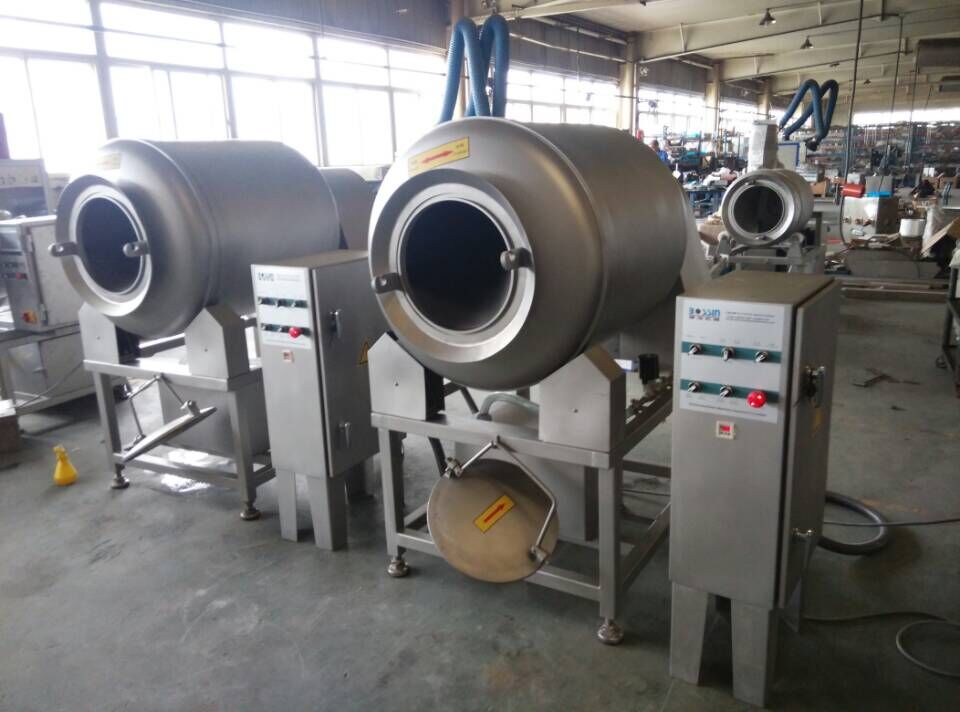
Des . 23, 2024 03:16 Back to list
Essential Guide to Smokehouses for Sausage Manufacturing Businesses
Smokehouses for Sausage Factories A Traditional Craft Meets Modern Efficiency
In the world of food production, few things are as essential to the art of sausage-making as the smokehouse. This venerable structure has stood the test of time, evolving from simple outdoor pits to sophisticated climate-controlled facilities designed specifically for the needs of modern sausage factories. The smokehouse serves not only as a means of preservation but also as a catalyst for developing complex flavors that define high-quality sausages.
The Historical Context of Smokehouses
Historically, smokehouses were used not just for sausage-making but for preserving a variety of meats, fish, and even vegetables. The practice of smoking food dates back thousands of years as people sought ways to extend the shelf life of their provisions. Smoke contains various compounds that inhibit the growth of bacteria and mold, allowing the meat to be stored for extended periods. Over the years, different regions developed unique smoking methods, influenced by local wood types, climate, and culinary traditions.
Sausage production, a craft that originated from the necessity of utilizing every part of an animal, benefitted significantly from these early methods. As various cultures refined their sausage recipes, the smoking process became integral, imparting rich flavors and aromas that would become characteristic of specific styles, such as Italian salami or German bratwurst.
The Modern Smokehouse
Today, smokehouses have transformed significantly. Sausage factories often utilize advanced technology to optimize smoking processes. Modern smokehouses can be equipped with digital monitoring systems that control temperature, humidity, and smoke density, ensuring consistent results batch after batch. This level of precision is crucial for large-scale operations that prioritize not only flavor but also food safety and efficiency.
Most contemporary smokehouses operate using either traditional wood smoking or the more common method of using liquid smoke or smoke flavoring. While both methods can create delicious products, many purists argue that the authentic experience of traditional wood smoking produces a depth of flavor that cannot be replicated with artificial options.
Benefits of Using a Smokehouse in Sausage Factories
smoke house for sausage factories

1. Flavor Development The primary appeal of using a smokehouse is undoubtedly flavor. Smoking enhances the natural qualities of the meat, adding complexity and depth. The variety of woods used—such as hickory, mesquite, cherry, or apple—can impart distinct nuances, allowing sausage makers to create unique profiles for their products.
2. Preservation The antibacterial properties of smoke help to preserve meat, extending its shelf life. In a world increasingly focused on reducing food waste, efficient smoking methods are a boon for sausage manufacturers.
3. Texture Enhancement The smoking process also affects the texture of sausages. It can help create a firmer bite while keeping the interior moist, contributing to an overall satisfying mouthfeel.
4. Food Safety Modern smokehouses can control environmental conditions that help protect against potential contaminants. Consistency in temperature and humidity reduces the risk of undercooked or spoiled products, which is a priority for the food industry.
5. Visual Appeal Lastly, visually appealing products often attract consumers. The rich color imparted by the smoking process not only suggests flavor but also enhances the product's overall presentation.
Challenges Facing Smokehouses
Despite their benefits, smokehouses in sausage factories face several challenges. First, adhering to food safety regulations can be complex, especially with the push towards more natural processes. Moreover, sourcing quality wood and maintaining a sustainable supply chain is essential for those who choose traditional smoking methods. Environmental regulations regarding emissions are also becoming increasingly stringent, requiring adaptations in how smokehouses operate.
Conclusion
As the landscape of food production evolves, the smokehouse remains a treasured asset in sausage factories. With a blend of tradition and innovation, these smokehouses contribute significantly to the quality, safety, and flavor of sausages. They embody a connection to historical practices while embracing modern technology, ensuring that the art of sausage-making remains relevant and sustainable in today’s culinary world. Whether it’s the deep flavors of a smoked bratwurst or the delicate balance of spices in a seasoned salami, the smokehouse plays an irreplaceable role in crafting these beloved foods.
Latest news
-
[Product Name]-[Company Name]|[Core Function 1]&[Core Function 2]
NewsJul.13,2025
-
SmartFlow 3000 Series-Industrial Automation Solutions|AI Analytics&Energy Efficiency
NewsJul.13,2025
-
NextGen Equipment Series-IndustrialTech Solutions|Smart Automation&Real-Time Analytics
NewsJul.12,2025
-
Smart Irrigation System - Example Corp | Water Conservation, AI-Driven Efficiency
NewsJul.12,2025
-
Chicken breast meat slicer
NewsMar.07,2025
-
Meat Bowl cutter for LAB
NewsMar.07,2025